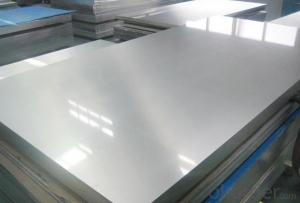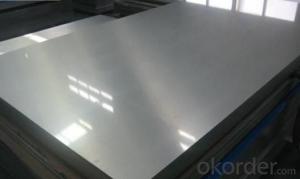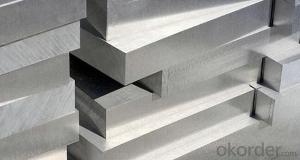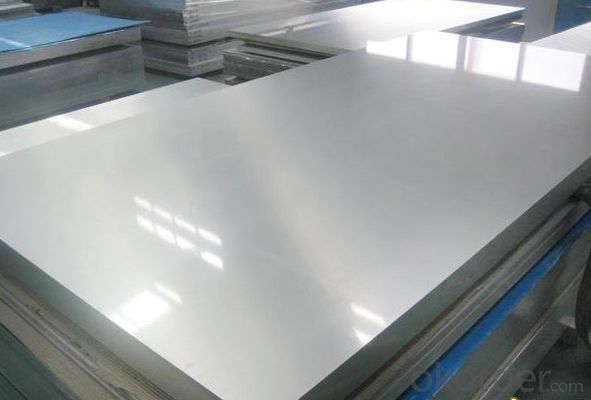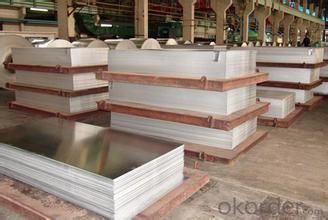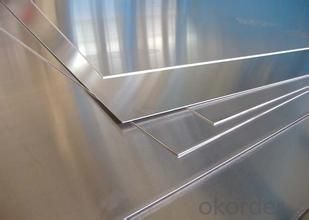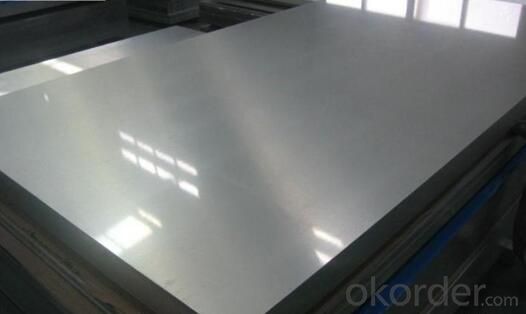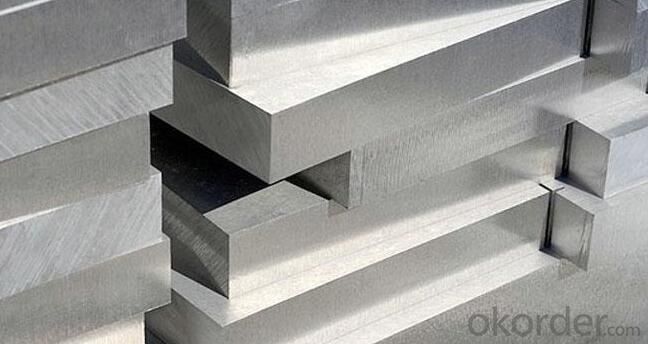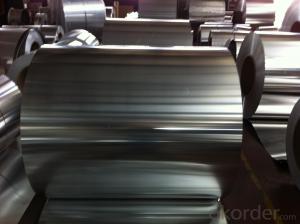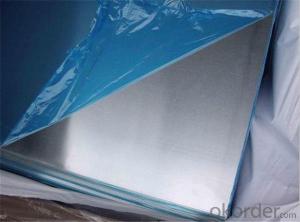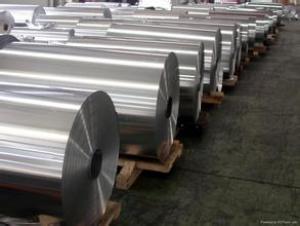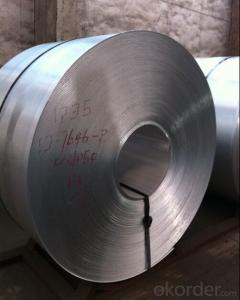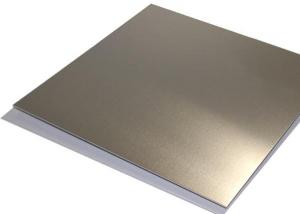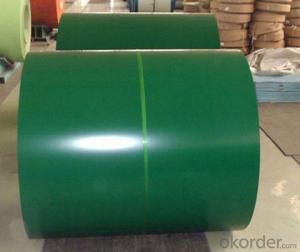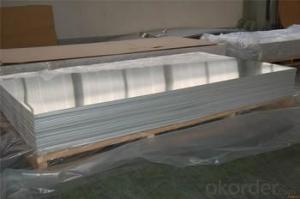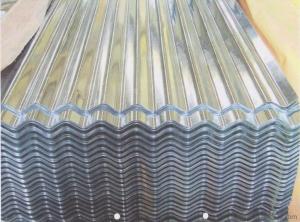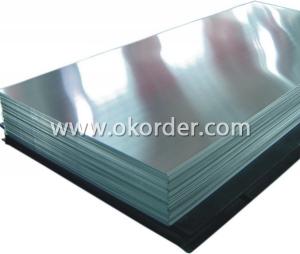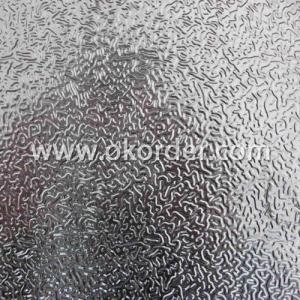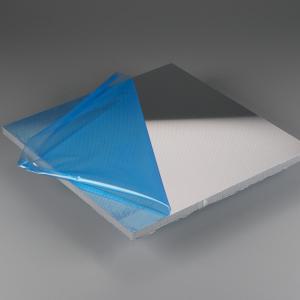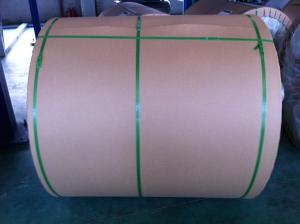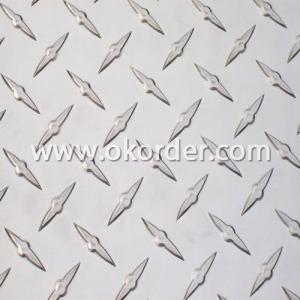Flexible Color Anodized Aluminum Sheets - Aluminum Plate Supplier
- Loading Port:
- Shanghai
- Payment Terms:
- TT OR LC
- Min Order Qty:
- 8 m.t.
- Supply Capability:
- 20000 m.t./month
OKorder Service Pledge
OKorder Financial Service
You Might Also Like
Specification
1.General Information
Aluminum sheets is between 0.1 mm and 500mm in thickness and has a wide variety of uses in the construction industry including aluminium siding and roofing. Sheet is also used widely in construction, decoration, transport applications and other various industrial filed, such as automobile body panels, airframes, curtain walls and the hulls of boats etc.
We produces aluminum sheets which meets the highest standards in its own mill while save the cost. Our strong quality control term bring you the most-qualified products. Our aluminum complying with YS/T 429-2000(Chinese Industry Standard),GB/T 3880,EN485,ASTM B209.
The main producing procedure includes the following steps:
Rolling--Annealing--Slitting--Sawing, Cut-To-Length, Shearing
2. Technical Data
Structure of Diamond Embossed Aluminum Sheets 1xxx Description
Diamond Embossed Aluminum Sheets 1xxx has great ductility, heat conductivity, anti-corrosion and moisture resistance properties which are very useful in the field of construction.
Diamond Embossed Aluminum Sheets 1xxx is widely used for decorative purpose in construction, packing and appiance. It is also very commonly used for anti-slippery purpose in vehicles and public places.
Main Features of Diamond Embossed Aluminum Sheets 1xxx
Superior quality of raw material
Reasonable and stable chemical composition
Accurate tolerance
Goode mechanical property
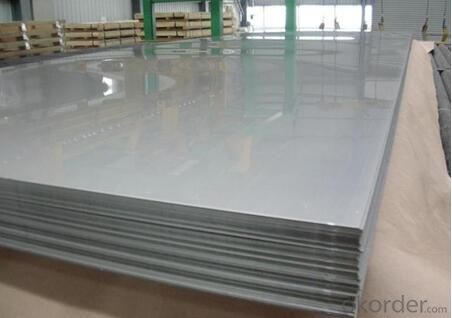
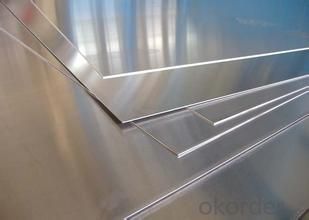
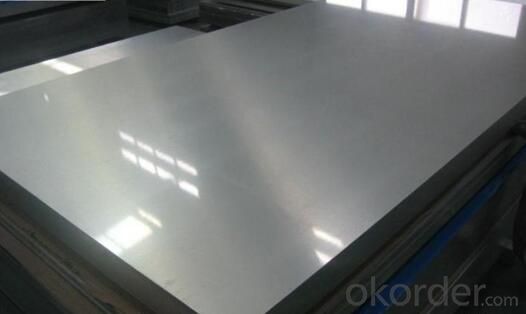
- Q: I am thinking about getting a MacBook Aluminum or a MacBook white. The Aluminum is 2.0 GhZ and the MacBook White is 2.16 GhZ. which should i get? also i am really wondering if you can upgrade the processors in both MacBooks..... Please give me link if you can. THANKS!!
- fwiw, the macbook (the two variations) are the two laptops. a computer is a sort of computer (computer or very own computer) not a kind or kind. I actually have a white iBook G4 (the sequence before the macbooks have been first presented. i do some customary upkeep and cleansing it approximately as quickly as a month. it would not get too grimy. for what you're using it for, it would not sound such as you like the greater memory/capability that the aluminum has to offer. the bells and whistles of it are high-quality, yet once you're purely getting it for that and not the greater capability, then there is rather no choose for it. the whtie macbook remains a good computer. my 2 cents.
- Q: Are the aluminum sheets available in different finishes (e.g., brushed, polished)?
- Yes, aluminum sheets are available in different finishes including brushed and polished. These finishes are achieved through various processes that alter the surface texture and appearance of the aluminum sheets. Brushed finishes create a textured pattern by brushing the surface with fine abrasive materials, resulting in a satin-like appearance. On the other hand, polished finishes involve buffing the surface to a high shine by using abrasive compounds or polishing wheels. These different finishes allow for customization and versatile applications of aluminum sheets in various industries.
- Q: What are the different surface treatments for aluminum sheets to improve corrosion resistance?
- Some of the different surface treatments for aluminum sheets to improve corrosion resistance include anodizing, chromate conversion coating, powder coating, and painting.
- Q: What are aluminum sheets made of?
- Aluminum sheets are typically made of pure aluminum or aluminum alloy, which is a combination of aluminum and other elements such as copper, magnesium, or zinc. The exact composition of the alloy depends on the specific application and desired properties of the sheet. Pure aluminum sheets are softer and more malleable, while alloyed aluminum sheets offer increased strength, durability, and resistance to corrosion. The sheets are produced through a process called rolling, where a large block or ingot of aluminum is passed through a series of rollers to reduce its thickness and create the desired sheet size.
- Q: does anyone know how much aluminium is recycled per year worldwide compared to how much is produced? Even if you know the stats just for Australia or America it would helpthanksxx
- 45% The fact that they can be recycled to produce more cans means there is no excuse for many people to unaware of aluminum recycling. People should also be aware of the benefits that can occur from it. This has created a strong awareness of the recycling nature of cans and this has been a key factor in the growth of this area. In many canteens, dinner halls and corridors across schools and places of work there is a recycling bin. Wherever people can be found drinking from a soft drink can, a specific aluminum recycling bin can be found for cans to be placed in. Compared to the recycling of many other products, it is easier to find a recycle bin. The provisions for recycling soft drink cans have been more progressively tackled and many people are aware of the need to recycle soft drink cans. This has created awareness and knowledge about recycling and this has moved from school to the outside world. One of the major tactics of marketing departments is to target children and get them to pass the message through to all the family. This is usually done in a bad manner but it can also be done promote recycling. You may see people who go around picking up cans that are thrown away without thought and send them to a recycling center. There are some recycling centers that will make payment for numbers of soft drinks that are recycled. This is a way for people to make some money. It would take a phenomenal amount of aluminum recycling to make a fortune. However, it can help the environment and make a small amount of money back so many people can find the motivation to recycle. There are many places that could be a great source of finding soft drink cans that are thrown away: - School playgrounds - The beach - The car park - Parking lots - Busy streets The amount of products that are available to be recycled continues to grow but it is unlikely that they will grow to be more popular than aluminium recycling.
- Q: What are the standard tolerances for aluminum sheets?
- The standard tolerances for aluminum sheets vary depending on the specific industry and application. However, some commonly accepted tolerances for aluminum sheets include thickness tolerances, flatness tolerances, and width and length tolerances. Thickness tolerances refer to the allowable variation in the thickness of an aluminum sheet. These tolerances can range from +/- 0.005 inches to +/- 0.010 inches, depending on the grade and thickness of the sheet. Flatness tolerances specify the degree of flatness or deviation from a perfectly flat surface that is acceptable for an aluminum sheet. Flatness tolerances can range from a few thousandths of an inch to a few hundredths of an inch, depending on the specific requirements of the application. Width and length tolerances define the allowable variation in the dimensions of an aluminum sheet. These tolerances can be specified in terms of +/- inches or as a percentage of the sheet's width or length. Generally, width and length tolerances for aluminum sheets are in the range of +/- 0.25 to +/- 0.50 inches. It is important to note that these standard tolerances are subject to change and can vary depending on the specific industry, customer requirements, and the capabilities of the manufacturer. Therefore, it is always recommended to consult the manufacturer or industry-specific standards to determine the precise tolerances for aluminum sheets in a particular application.
- Q: What is the weight per square foot of 101 aluminum sheets?
- The weight of 101 aluminum sheets per square foot may vary based on the thickness of the sheets. Typically, aluminum weight is measured in pounds per square foot (lbs/ft²). To accurately determine the weight per square foot of 101 aluminum sheets, it is necessary to be aware of the thickness of each individual sheet. Once the thickness is known, the weight per square foot can be calculated by utilizing the density of aluminum, which is approximately 0.098 pounds per cubic inch (lbs/in³).
- Q: Can the aluminum sheets be used for manufacturing aircraft landing gears?
- Yes, aluminum sheets can be used for manufacturing aircraft landing gears. Aluminum is commonly used in the aerospace industry due to its lightweight yet strong properties, making it suitable for such critical components like landing gears.
- Q: (given the fact that specific gravity of aluminum is 2.7)1. What is its volume?2. The ingot is suspended from a rope and totally immersed in water. What is the tension in the rope (the apparent weight of the ingot in water)?
- first find the volume of your aluminium. youll need this when analyzing the bouant force F(b). the sg of aluminum is 2.7 and the density of water is 1000 kg/m^3 so the density of aluminum is 2.7x1000=2700kg/m^3. the mass is 71N/g = 7.237512742 kg. so volume of our piece of aluminum = mass/density = 0.0026805603 m^3 now analyze the forces being applied to the system. There are three, the force of gravity F(g), the buoyant force F(b) and the tension T. Tension and buoyant force push up, gravity pulls down. the system will be at rest since the rope is holding it at rest. so T + F(b) - F(g) = 0 T + (Volume aluminum X density water X g) - (MAss of aluminum x g) = 0 T + (0.0026805603x1000x9.81) - (71 N (given in problem)) = 0 Solving for T, T = 44.70370346 N = 45 N using sig figs.
- Q: What are the different methods of surface texturing aluminum sheets?
- There are several methods of surface texturing aluminum sheets, including mechanical methods such as sandblasting, brushing, and embossing, as well as chemical methods like acid etching and anodizing. Each method creates unique patterns and textures on the surface of the aluminum sheets, allowing for various aesthetic and functional applications.
Send your message to us
Flexible Color Anodized Aluminum Sheets - Aluminum Plate Supplier
- Loading Port:
- Shanghai
- Payment Terms:
- TT OR LC
- Min Order Qty:
- 8 m.t.
- Supply Capability:
- 20000 m.t./month
OKorder Service Pledge
OKorder Financial Service
Similar products
Hot products
Hot Searches
Related keywords
